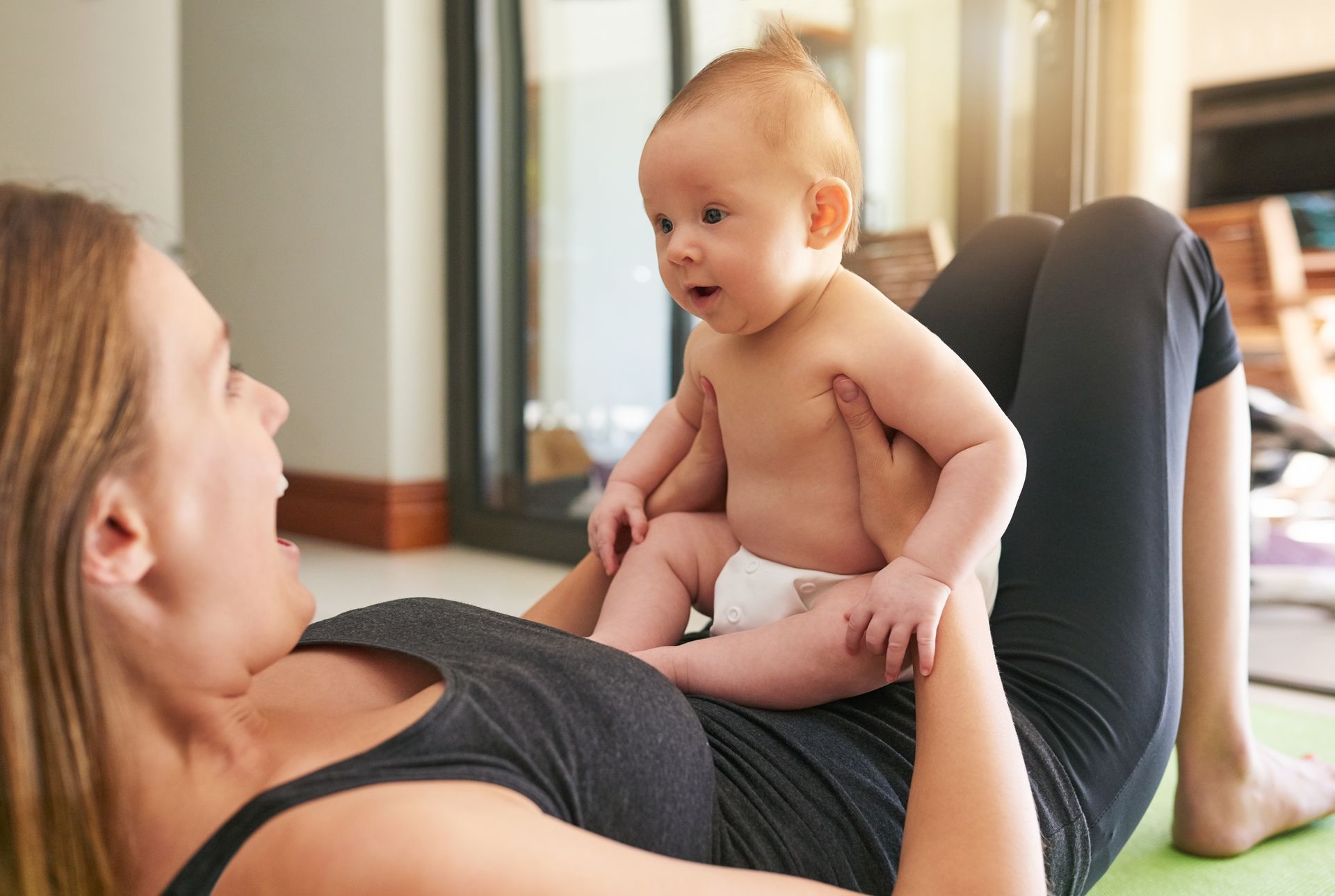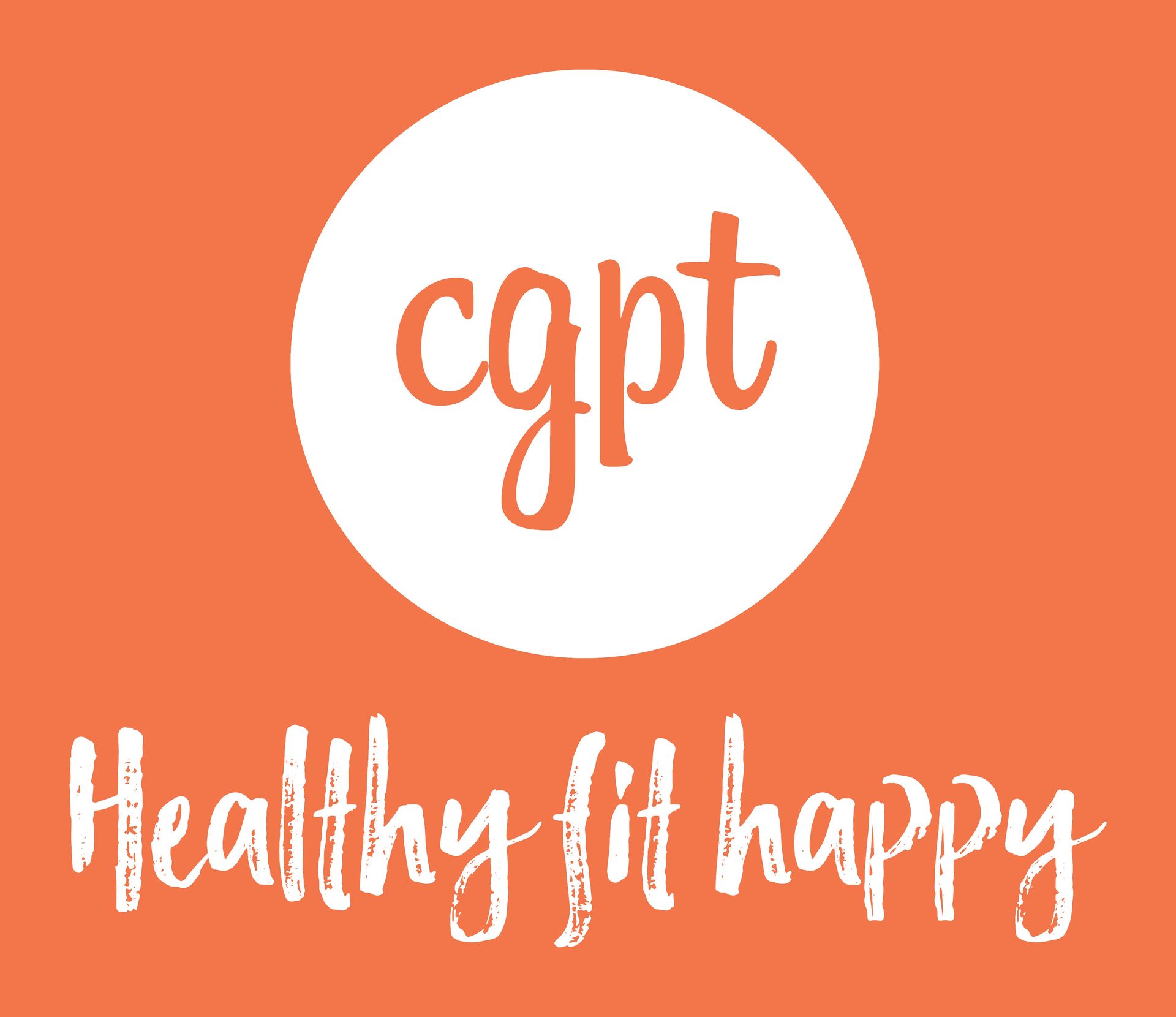Lifting for Two (Soon): The Science-Backed Strength Training Blueprint for Women Preparing for Pregnancy
Lifting for Two (Soon): The Science-Backed Strength Training Blueprint for Women Preparing for Pregnancy
Preparing for pregnancy isn’t only about timing and nutrition - it’s also about strength, stability, and resilience. Long before a baby bump appears, the body begins its journey toward supporting new life, and building a foundation of muscle and mobility can make every stage of that journey smoother.
At CGPT in Hawthorn, we regularly work with women who are planning to start a family and want to feel physically prepared for pregnancy, birth, and recovery. Strength training before conception helps build a stronger, more adaptable body - one that can better support hormonal changes, postural shifts, and the physical demands of pregnancy.
Whether you’re a first-time mum-to-be or already have children and are planning another, this is your opportunity to lay the groundwork for strength, confidence, and wellbeing that lasts far beyond the baby years.
Why Pre-Pregnancy Strength Training in Important
Pregnancy is often described as one of the most physically demanding periods in a woman’s life. Research from the University of Queensland (Davenport et al., 2019) found that women who enter pregnancy with higher baseline strength and fitness experience fewer musculoskeletal issues, less fatigue, and improved outcomes in labour and postpartum recovery.
Strength training before conception is about pre-habilitation - preparing your body to handle change. By strengthening key muscle groups (particularly the core, glutes, and back), you’re giving your body the tools it needs to support a growing belly, shifting posture, and increased load on the spine and hips.
It’s also about building a relationship with movement that feels sustainable. When training is part of your lifestyle before conception, it becomes easier to adapt and continue safely throughout pregnancy and beyond.
Building the Foundation: Core, Glutes, and Back
While no two pre-pregnancy programs look the same, research consistently highlights the importance of strengthening the posterior chain - the muscles that stabilise and support the spine, pelvis, and hips.
A strong core is more than visible abdominal tone; it’s the deep stabilising muscles that support internal organs and maintain pelvic alignment. Studies from Monash University (Smith et al., 2020) demonstrate that women with stronger deep core engagement experience fewer lower-back issues during pregnancy and a smoother transition into postpartum recovery.
The glutes act as key stabilisers for the pelvis, and strong glutes help reduce strain on the lower back and hips as weight shifts forward during pregnancy. They also support balance, posture, and efficient movement - all vital as the centre of gravity changes.
The upper and mid-back play an equally important role. As the chest expands and posture shifts, strong back muscles help prevent rounding through the shoulders and keep breathing mechanics more efficient.
At CGPT, we focus on functional strength - movement patterns that translate to real life. That means exercises that help you move better, not just lift heavier.
Mobility and Pelvic Floor Preparation
Strength without mobility can create tension; mobility without strength can create instability. Pre-pregnancy training should combine both.
Gentle hip, thoracic spine, and ankle mobility work prepares the body to move freely through the changing ranges required during pregnancy. Mobility also aids circulation, helps regulate stress, and reduces stiffness from sedentary work or long commutes - factors often underestimated in fertility and pre-natal health.
Pelvic floor preparation is equally crucial. Research from the University of Melbourne’s Centre for Women’s Health (Hagen et al., 2021) highlights that pelvic floor conditioning before pregnancy significantly reduces the risk of incontinence and pelvic pain later on.
Strength training that integrates breathwork and controlled core activation teaches body awareness - helping women understand how to engage and release pelvic muscles effectively. This awareness becomes invaluable during pregnancy, labour, and postpartum recovery.
Balancing Intensity and Hormonal Health
Many women worry about training “too hard” while trying to conceive - and it’s a valid concern. Overtraining can elevate cortisol levels and, in some cases, impact menstrual regularity. However, consistent, moderate strength training supports hormonal balance rather than disrupting it.
A 2022 review by the Australian Institute of Sport (AIS) found that resistance exercise improved insulin sensitivity and reduced chronic inflammation - both key markers for reproductive health. Additionally, The American College of Obstetricians and Gynecologists (ACOG, 2020) supports strength training as a safe and beneficial practice for women preparing for pregnancy, provided it’s well-structured and supervised.
The goal isn’t perfection or exhaustion; it’s consistency and confidence. A tailored program allows for progressive overload without tipping into fatigue. That’s where professional guidance makes all the difference - ensuring the balance between training hard enough to build strength, but not so hard that recovery or fertility is compromised.
Nutrition and Recovery: Fuel for Fertility
Nutrition is another pillar of pre-pregnancy preparation. Adequate protein, healthy fats, and micronutrients such as iron, zinc, folate, and magnesium are essential for hormone production and egg quality.
A 2021 study from Deakin University found that women who combined resistance training with balanced macronutrient intake reported higher energy levels and improved menstrual regularity within 12 weeks - indicators of a healthier hormonal environment.
Recovery is equally important. Sleep, hydration, and stress management all influence fertility. Strength training actually supports these systems by improving sleep quality (Kovacevic et al., 2018) and reducing cortisol through structured physical exertion.
At CGPT, we take a holistic view of fitness - recognising that recovery, nutrition, and emotional wellbeing all contribute to long-term progress.
Mindset: Strength as Self-Care
The months leading up to pregnancy can be filled with uncertainty and mixed emotions. Strength training offers a powerful sense of control and self-confidence during this time.
Lifting weights teaches patience, trust in your body, and the value of steady progress - qualities that mirror the mindset needed for motherhood. It also provides an outlet for stress and anxiety, releasing endorphins that help regulate mood and promote optimism.
When you train for strength, you’re not just preparing your body; you’re preparing your mindset. That resilience will serve you through pregnancy, birth, and every sleepless night that follows.
Why Choose CGPT as Your Training Partner
CGPT is more than a gym - it’s a private training space designed for personal connection, safety, and support. For women preparing for pregnancy, that means individualised care and an environment where questions are welcomed and progress is celebrated.
Our trainers bring years of experience in strength training, pre- and post-natal conditioning, and injury prevention. Each program is designed around your unique physiology, goals, and stage of life - whether you’re looking to enhance fertility, build confidence before conception, or simply future-proof your body for the physical demands of pregnancy.
At CGPT, we believe that every woman deserves to feel capable and empowered in her training. Our approach blends evidence-based programming with a genuinely supportive atmosphere that welcomes women of all ages, fitness levels, and life stages.
You’ll never feel rushed, crowded, or out of place. Instead, you’ll train in a calm, private setting where every detail is tailored to help you thrive - before, during, and after pregnancy.
The Long View: Training Beyond Conception
A strong pre-pregnancy foundation creates a smoother transition into prenatal exercise. Women who enter pregnancy with established strength and mobility adapt more easily to the physical changes that come later.
Studies from Queensland University of Technology (Wallace et al., 2022) show that women who engaged in regular resistance exercise before conception maintained higher physical activity levels throughout pregnancy compared to those who started after becoming pregnant. This continuity supports both maternal health and foetal development.
Once pregnancy begins, training typically shifts toward maintaining strength, mobility, and circulation - rather than building new intensity. But the confidence and body awareness gained in pre-pregnancy training often make those adjustments feel natural and empowering rather than restrictive.
The CGPT Difference: A Supportive Space for Every Stage
No matter where you’re at on your fertility journey - considering pregnancy, actively trying, or already expecting - CGPT provides a safe, supportive, and professional environment to guide you through it.
Our team understands that strength looks different for everyone. Some clients want to feel powerful and energised; others want to manage back pain, improve posture, or simply maintain consistency during life’s transitions.
At CGPT, every goal is valid and every journey is respected. The combination of scientific understanding, personalised programming, and a genuinely friendly culture makes it easy to stay committed and confident at every stage.
Final Thoughts
Strength training before pregnancy isn’t about perfection - it’s about preparation. Building muscle, improving mobility, and supporting hormonal health create a foundation for a stronger, more comfortable, and more confident pregnancy experience.
At CGPT, we help women lift for the life they want - not just for a season, but for the years to come. Whether you’re six months or six weeks away from trying to conceive, now is the perfect time to start.
Email Andrea today at andrea@chrisgympt.com to begin your pre-pregnancy strength program.
References
· Australian Institute of Sport (AIS) 2022, Women’s Health in Sport: Resistance Exercise and Hormonal Balance, Canberra.
· Davenport, MH et al. 2019, Impact of physical activity on pregnancy outcomes, British Journal of Sports Medicine, 53(14), pp. 885–894.
· Deakin University 2021, Nutrition, resistance training, and menstrual health in pre-pregnancy women, Journal of Women’s Health and Nutrition, 30(5), pp. 321–329.
· Hagen, S et al. 2021, Pelvic floor muscle training before and during pregnancy: outcomes for urinary incontinence, BMC Women’s Health, 21(1), 412.
· Kovacevic, A et al. 2018, Resistance exercise and sleep quality: a systematic review, Sleep Medicine Reviews, 38, pp. 70–80.
· Monash University 2020, Core stability and pregnancy-related back pain prevention, Australian Journal of Physiotherapy, 66(2), pp. 101–109.
· Smith, J et al. 2020, Core muscle function and pregnancy outcomes, Monash Women’s Health Research Centre, Melbourne.
· Wallace, L et al. 2022, Pre-conception physical activity and pregnancy adaptation, Women’s Health Reports, 3(1), pp. 22–30.
· The American College of Obstetricians and Gynecologists (ACOG) 2020, Physical Activity and Exercise Before and During Pregnancy, Washington, D.C.




